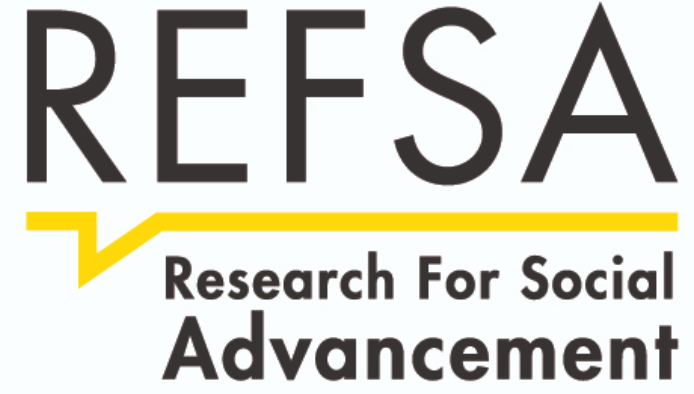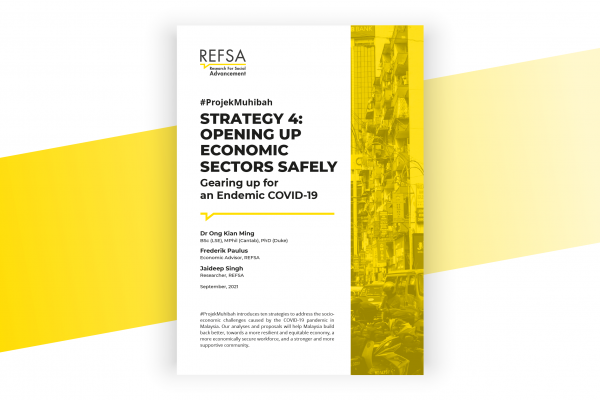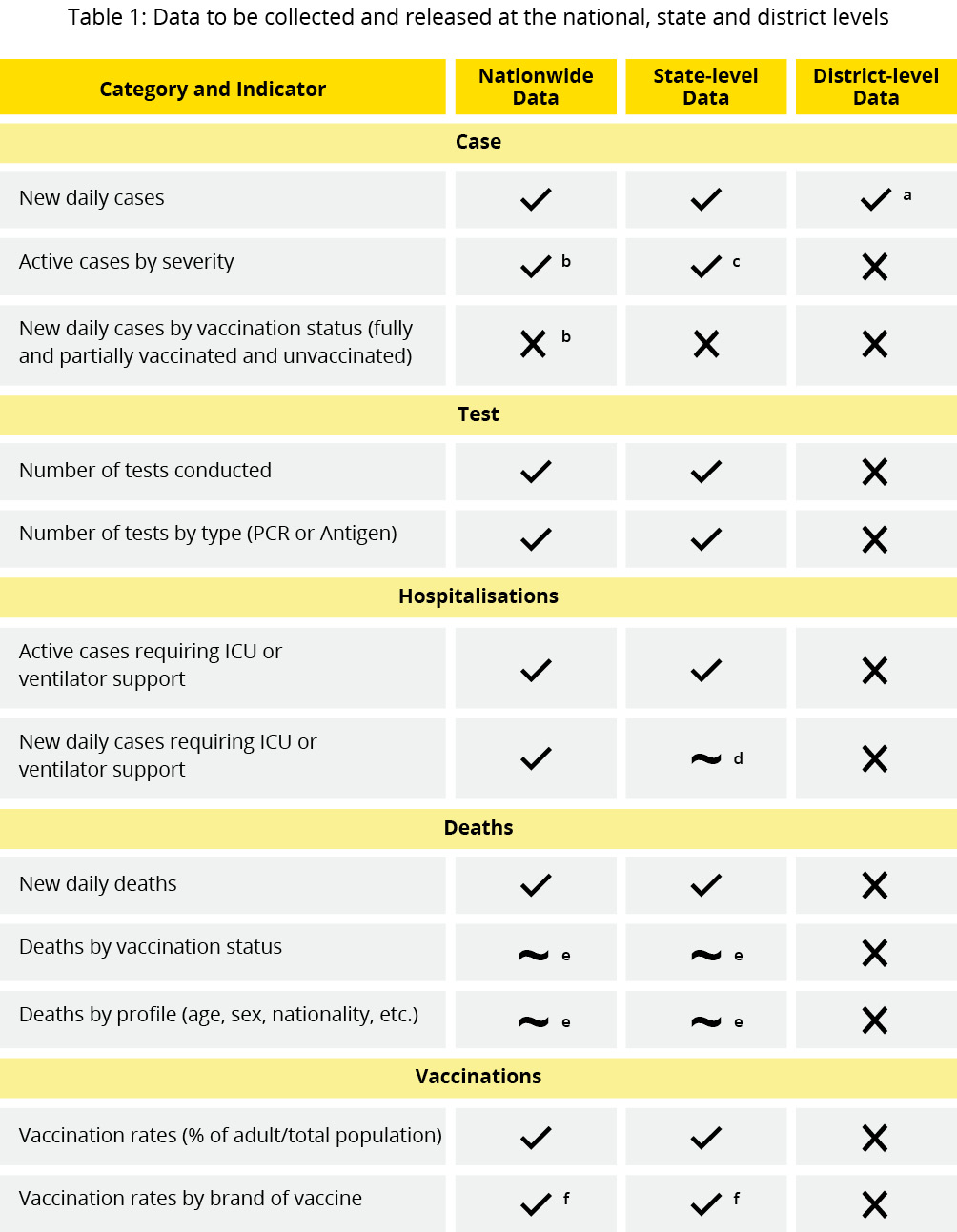Gearing up for an Endemic COVID-19
Click here for brief summary in infographics
Read Strategy 1, Strategy 2, and Strategy 3 HERE.
With nearly 75% of the estimated adult population in Malaysia fully vaccinated as of mid-September 2021, and with the actual death rate, case numbers and ICU utilisation rate falling significantly in the Klang Valley one month after the conclusion of Operation Surge Capacity (OSC), the government has begun to reopen the economy. However, there is an urgent need to conduct a safe, responsible and comprehensive reopening of various economic sectors. Processes needed to be put in place to avoid another wave of infections, and by extension, to avoid an economically damaging response.
In Strategy 4 of this series on how to manage the COVID-19 health and economic crisis, we outline different frameworks to structure the reopening of the economy in a manner that is safe, responsible and based on science and data in order to boost consumer confidence so that we can experience a stronger economic bounce back. Needless to say, clear standard operating procedures (SOPs) as highlighted in our Strategy 2 brief must accompany the safe re-opening of the economy.
Policy Recommendations:
1. Open the economy with proper sequencing
We recommend the abolishment of the categorisation of states according to phase 1 and 2. Instead of phases, we recommend that there should be a proper sequencing of the reopening of the various economic sectors with differentiated SOPs, testing requirements and operating capacity which are based on science and data.
It simply makes sense for proper sequencing as a strategy to allow operators to open up slowly and with adequate preparation. Rather than making piecemeal announcements for specific industries under the jurisdiction of a particular ministry, the NSC should coordinate and map out the reopening of various sectors of the economy under ALL of the ministries under a properly sequenced arrangement.
2. Releasing more granular data to help economic recovery and boost consumer confidence
While the Ministry of Health has openly shared pandemic-related data on GitHub and COVIDNOW, we need more district-level data for policymakers to make better decisions and rebuild public confidence in the government’s reopening strategy.
We propose the following categorisation of important COVID-19 related data which needs to be released on a daily basis and also the recommended level of granularity right down to district-level data (Table 1 below).
| ✔ indicates availability of data
⨯ indicates the absence of data ~ indicates partial or implicit availability of data (incl. raw data)
a. Not on a centralised platform and not part of the GitHub database or COVIDNOW. District-level data is only available through the respective state-level health departments’ websites/social media. b. MoH previously released new daily case numbers by severity from Category 1 to 5 with the corresponding share of patients vaccinated. Currently, COVIDNOW provides the share of active cases (rather than new cases) by status (i.e. the percentage of active cases in-home quarantine, at quarantine centres, hospitalised and in ICUs). The breakdown of cases by vaccination status is no longer available. c. COVIDNOW provides the number of active hospitalisations, ICU patients and patients ventilated per state (along with a 7-day average). Some state-level health departments, including those in Sarawak, Perak, Perlis and Pahang, also provide a breakdown of new cases by severity. d. Expressed as a 7-day average on COVIDNOW. e. Raw data on all reported deaths up to September 7, 2021 is available on GitHub here. The dataset is a line list that covers the age, vaccination status, type of vaccination received, sex, state, nationality and comorbidities of the reported deaths. However, this data has not been refined or visualised on COVIDNOW and requires cleaning up. f. Monthly data available on COVIDNOW.
Source: REFSA |
Effective communication of transparent data will help address public confidence.
3. Open-up based on comparative risk and science, not based on public fear-mongering
The government should do what is scientifically sound in terms of its reopening strategy, not simply what is popular. The government needs to recognise the prevalence of irrational concerns by many people and take steps to address these concerns as much as possible.
COVID-19 will be here to stay for at least the next few years, if not longer. In response, we will have to adjust our behaviour based on our own risk appetites rather than to take out our irrational fears on others, assuming that proper SOPs are followed at all times.
4. Open Institutions of higher learning and secondary and primary schools
The education sector must be considered an economic sector because of the short- and long-term effects it has on the larger economy. Its thoughtful and careful reopening is therefore of vital importance.
It is unlikely that a significant proportion of students will have been vaccinated when face to face schooling is supposed to start on October 3, 2021 for primary and secondary school students. In anticipation of this, the Ministry of Education should start preparing parents and building their confidence to send their children to school starting from early October.
The government must be proactive in their measures to build back confidence in parents for school reopening such as:
- putting in proper SOPs such as the provision of facemasks to all teachers and students,
- sufficient hand sanitising facilities in every school,
- allowing only fully vaccinated teachers to teach,
- allowing sufficient physical distancing in all classrooms,
- providing teachers with self-testing kits for use on a daily basis,
- ensuring all classrooms are properly ventilated.
SOPs should also be put in place to test those in classes where one or more children are found to be COVID-19 positive. There should be enough robustness in the SOPs such that an entire school should not have to be shut down because a handful of cases were identified.
Covid-proofing institutions of higher learning present a different challenge. The fact that many of the students live in hostels and dormitories obviously increases the possible exposure to and transmission of the COVID-19 virus. Stringent and comprehensive SOPs have to be put in place, especially in the accommodation and public areas of these institutions.
Foreign students are an important driver of the economic sustainability of many private institutions of higher learning and they also provide a boost to domestic consumption. The Ministry of Higher Education should thus facilitate the processing of applications from foreign students wanting to further their studies in Malaysia, subject to these students being vaccinated in their home countries and observing the necessary quarantine period once they arrive in Malaysia.
5. Allow interstate travel and open up borders for safe travel and tourism
Interstate travel is a necessity for the revival and recovery of the tourism sector. To ensure a faster recovery for the sector, the government should put in place policies that allow tourists from safe destinations.
Enable visits to Malaysia with only minimal quarantine and testing regulations. In terms of sequencing, priority can first be given to business travellers and then to the larger tourist market.
To further help revive our local airlines and airports, we should also be less stringent in processing and allowing Malaysian residents to travel to other countries, especially to destinations considered low risk (where a large percentage of their residents are fully vaccinated) and where the number of serious COVID-19 cases is under control.
6. Each Ministry must submit an economic recovery plan to the NSC and MKN for public viewing
Each Ministry must take the lead in proposing SOPs which can enhance the readiness of these sectors to be COVID-19 proof so that these sectors can bounce back faster because of increased consumer confidence and a decrease in the probability of being shut down again because of any possible increase in the number of severe COVID-19 cases.
In addition, each Ministry must come up with new proposals on how the various sectors under their respective jurisdictions can “build back better” as part of the COVID-19 economic recovery plan. The responsibility of economic recovery must not be seen as solely the responsibility of certain Ministries such as the Ministry of Finance or the Ministry of International Trade and Industry only.
7. Issue clear SOPs
The more confusing and uncertain the SOPs, the slower the economic recovery will be as companies and owners take time to figure out the safest way to reopen in order to avoid being punished by these confusing SOPs.
We need a national testing strategy that outlines testing programmes for different industries and categories of workers within these industries. Using the framework from the good work done by the experts behind the Greater Klang Valley Special Taskforce report to keep the COVID-19 numbers relatively low, we must put in place a track and trace system that is efficient and comprehensive in order to deal with COVID-19 outbreaks with as little disruption as possible.
Any lockdowns should be targeted lockdowns only and the economy should be allowed to continue with minimal disruptions. This also applies to all schools: in fact in many countries schools at all levels are the last to close in case a new lockdown is required.
At the same time, the opportunity for larger reforms should not be forgotten, such as the need to reduce our reliance on foreign workers and improve the housing conditions for the foreign workers who are already in the country.
The more we plan to open up safely, the higher the likelihood that we can remain open and open up even more in the future.
Click here for brief summary in infographics
Read Strategy 1, Strategy 2, and Strategy 3 HERE.
Read press release about this strategy HERE (English), HERE (Malay) and HERE (Chinese)
About Projek Muhibah
#ProjekMuhibah introduces ten strategies to address the socio-economic challenges caused by the COVID-19 pandemic in Malaysia. Our analyses and proposals will help Malaysia build back better, towards a more resilient and equitable economy, a more economically secure workforce, and a stronger and more supportive community.







